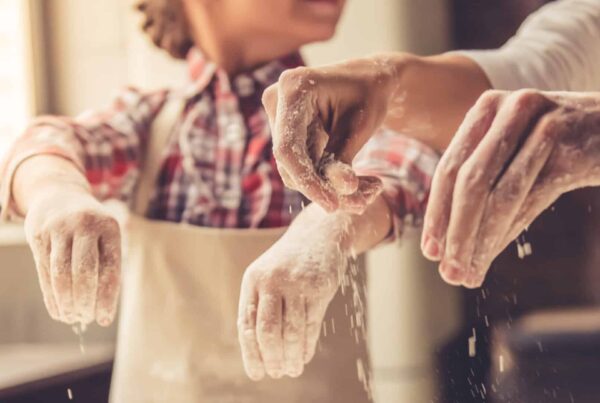Art in all its forms is enjoyed by the masses, but often not given the credit it deserves in terms of its importance. In schools, the Arts and Humanities subjects aren’t weighted as highly as the Science, English and Maths subjects. A student’s Australian Tertiary Admission Rank (ATAR) is affected by the combination of subjects chosen, depending on how they are scaled that year – regardless of the marks received in the individual subject.
It would take a lot to try and unpack the ATAR system, but in general, the way subjects are scaled, not just now, but historically, has influenced how society feels about them. It engrains a belief that the subjects that fall lower on the scale are ‘easier’ or ‘less important’. But it’s far from the truth.
The truth is, ‘creatives’ see the world in a very different way and can benefit all of society by what they bring to it; music, visual art, design, poetry, comedy, a movie or a play. All of which have so much power to generate emotion and make people feel good. Think of a world without those things, or the people that create them in it? It’d be a bit boring right? It is so interwoven in our lives – everyone is a conscious or an unconscious consumer of art daily. It’s important to remind ourselves how valuable those things are to us, and be more conscious about how much it enriches our lives.
“Art makes us think, it stands for something. It illuminates culture and draws us into a conversation with ourselves and with others… Art does not merely reflect or represent the world, but it illuminates the world. It brings us into an encounter with concrete experience. It brings to the fore qualities of life otherwise overlooked, or qualities that other disciplines cannot account for. Art speaks to us in ways nothing else can. But its voice is being stifled.” – Sam McAuliffe (Daily Review, July 2020)
If art was ‘easy’, there’d be a lot more artists. More credit needs to be given to these skills and to the artists that create. That doesn’t mean you should ‘leave’ art and creativity to the professionals though… art and creativity are for everyone! There’s so much to gain – just by giving it a go.
By simply participating, you can experience many benefits including:
Development of fine and gross motor skills as well as hand-eye coordination,
Learning history, music, art, dance and drama are an expression of the time they were created and by exploring art (past and present), we get a snapshot into the time and place it was created.
Risk-free exploration. Children can build confidence in their abilities and learn to be innovative and problem-solvers. Skills, that are essential for success in all areas of life.
As a vehicle for emotion, the arts allow the person creating to work through ideas, issues and express themselves, which in turn supports their mental health.
Giant Cardboard Cupcakes
What You Need
• Cardboard / cardboard box
• Cupcake paper templates – bottom and top (design your own)
• Pencil
• Scissors
• Glue gun (adult supervision required)
• Oil pastels (or colourful paints or markers)
• Decorative items (pom poms, glitter, stickers etc)
• Craft glue
Method
Use an A4 sheet of paper to create a template for the base of your cupcake. Use another sheet to create the template for the top. Unfold an old cardboard box. Trace around the paper templates on your cardboard. As it is thick cardboard, you’ll need sturdy scissors and potentially some help from a parent to cut out your designs from the cardboard. Glue the top of the cupcake to the bottom of the cupcake with the glue gun. For safety: depending on the age of the child, parents can prepare the cardboard cupcakes for them to design and skip these steps.
Now it’s time to get creative and decorate. Start by colouring the cupcake and base however you would like, and then add whatever decorative craft items you like to finish your artwork with your craft glue.
There really are no rules with how your cupcake is supposed to look. Simply create your own – as unique as you are.
Flower Threading Boards
What You Need
• Flowers (from your own garden or bought)
• Cardboard
• Pencil
• Scissors
• Something sharp to create the threading holes
Method
Draw your desired threading board shape onto your cardboard. Cut out your shape with your scissors.
The next step is for a parent: carefully create the threading holes in the board. The number of holes you will need to create in your threading board will depend on the size of your threading board and your flowers. The example shown used a ceramic clay needle, followed by a sharp pencil to widen the holes. You may want to try a sharp pencil or pen lid to make the holes.
Once the holes have been created, it is ready to start threading. Prep your flowers, by cutting off excess stem. Aim for 3cm of stem per flower to make threading easy.
Feed (thread) the stems of your flowers through the holes in your board until you fill your design and end up with a beautiful floral arrangement.









